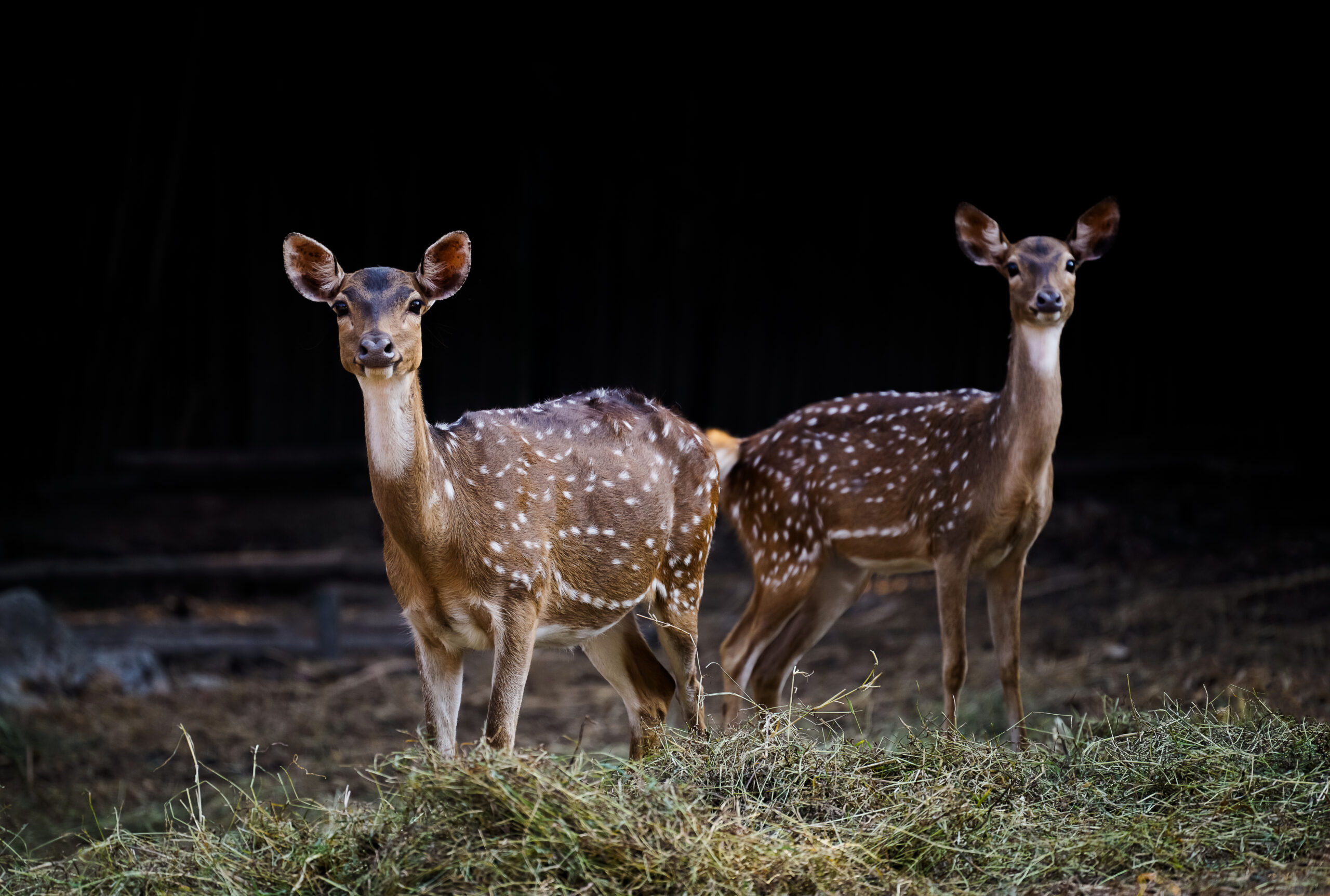This study presents the first long-term analysis of hunting trends in Hawai‘i, examining data from 1946 to 2008 across all inhabited islands. Although 21 introduced game species have been established for recreational and subsistence hunting, little reliable data has been available to guide wildlife management. Using 62 years of Pittman-Robertson reports, the study reveals that game harvest and hunter participation vary widely by island, species, and taxonomic group. Overall, harvest numbers have declined, with few species increasing on certain islands. The findings emphasize that game management in Hawai‘i must be species- and island-specific, and highlight the urgent need for more consistent and accurate harvest and monitoring data to support effective, science-based conservation and hunting policy in the state.

